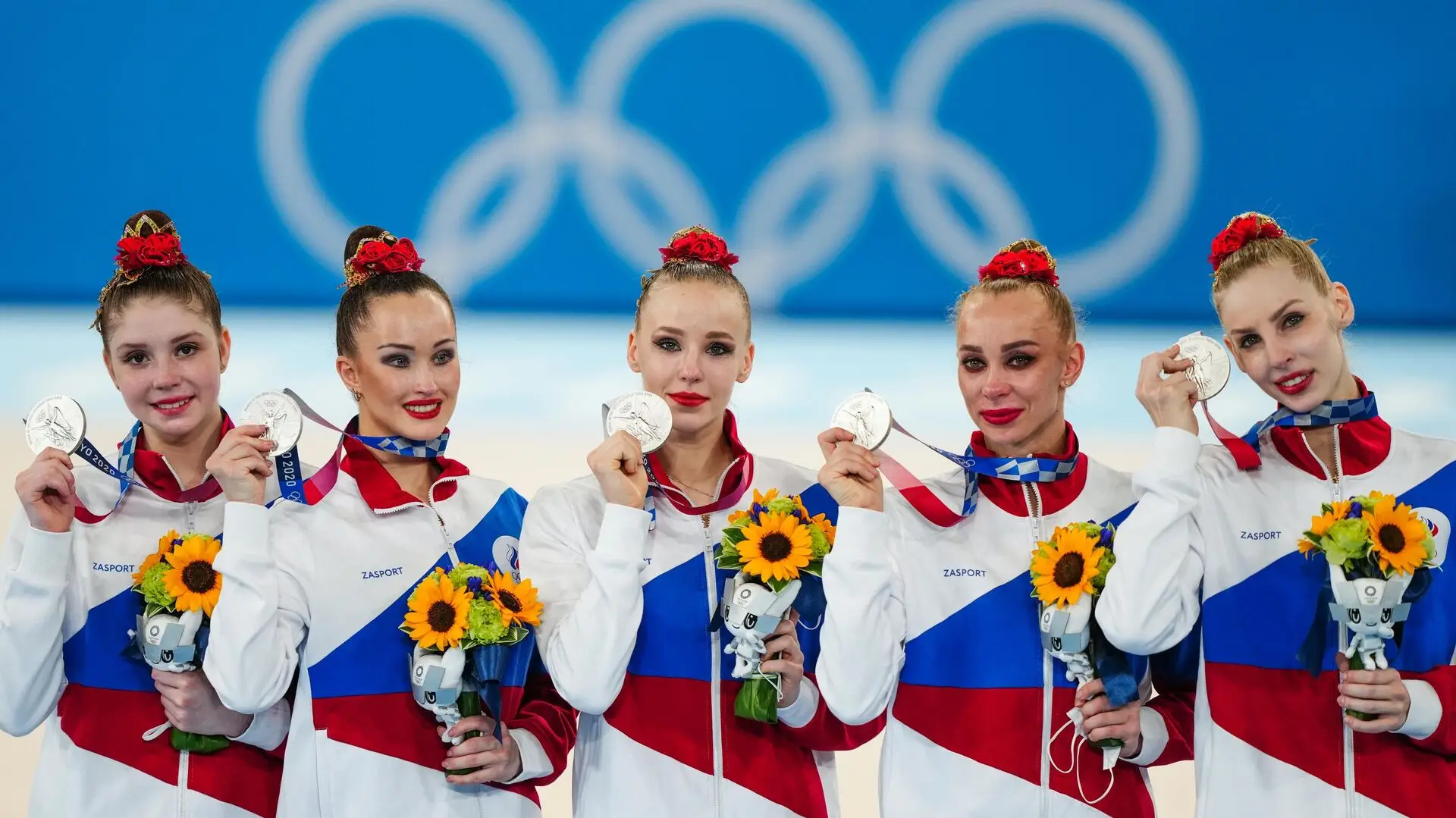
Dive into the world of exciting sporting events and unique moments that will remain in your memory forever! Our blog, filled with fascinating information, is dedicated to the most colourful and significant competitions, cups and Olympics. Follow the latest news, analyses, in-depth reviews of tournaments and expert opinions to keep up to date with all the ongoing sporting achievements and trends. With us, you can witness epic victories, dramatic moments, inspiring stories and unforgettable emotions that can change the perception of sport. Join our active community of sports enthusiasts, share your thoughts and passion, and be part of this incredible journey!
Read moreJoin us and be inspired by the exciting world of sporting events and activities! Here you can find the latest news, exciting tournament reviews and in-depth analyses of what's happening in the world of sport that will leave you inspired. From prestigious cups to the Olympic Games, we cover all the most important events, share valuable insights and help you stay at the centre of all sporting developments to keep you informed. Join our friendly community of sports fans where you can connect with like-minded people and exchange opinions, and be part of the most exciting sporting battles and the emotions they bring!
Find out the details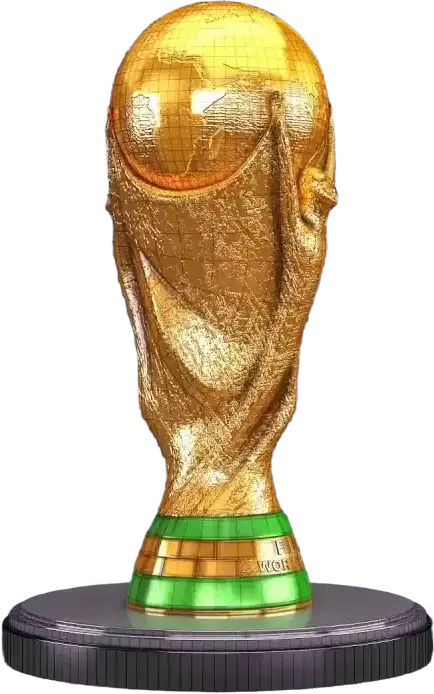
Beautiful tennis courts are not just playing grounds, but unique architectural masterpieces located in the most picturesque corners of the planet. From rocky slopes of the Alps to the azure coast of Italy, from the urban landscapes of New York to the exotic expanses of Tanzania, sports facilities become an integral part of cultural landscape …
Modern culture demonstrates that sports disciplines can take the most extraordinary forms. The development of traditions, humor, and a desire for extremes create unique competitions in which brave enthusiasts participate. Many of them are highly spectacular and combine excitement, endurance, and vivid emotions. Understanding the most unusual types of sports helps broaden horizons and learn …
The world of sports contains amazing and unusual disciplines that go beyond the usual ideas of physical activity. The strangest sports demonstrate the boundless inventiveness of humans in their pursuit of competition and entertainment. They look like real tests of endurance, strength, agility, and even patience, sometimes quirky and unusual. The variety is astonishing: from …
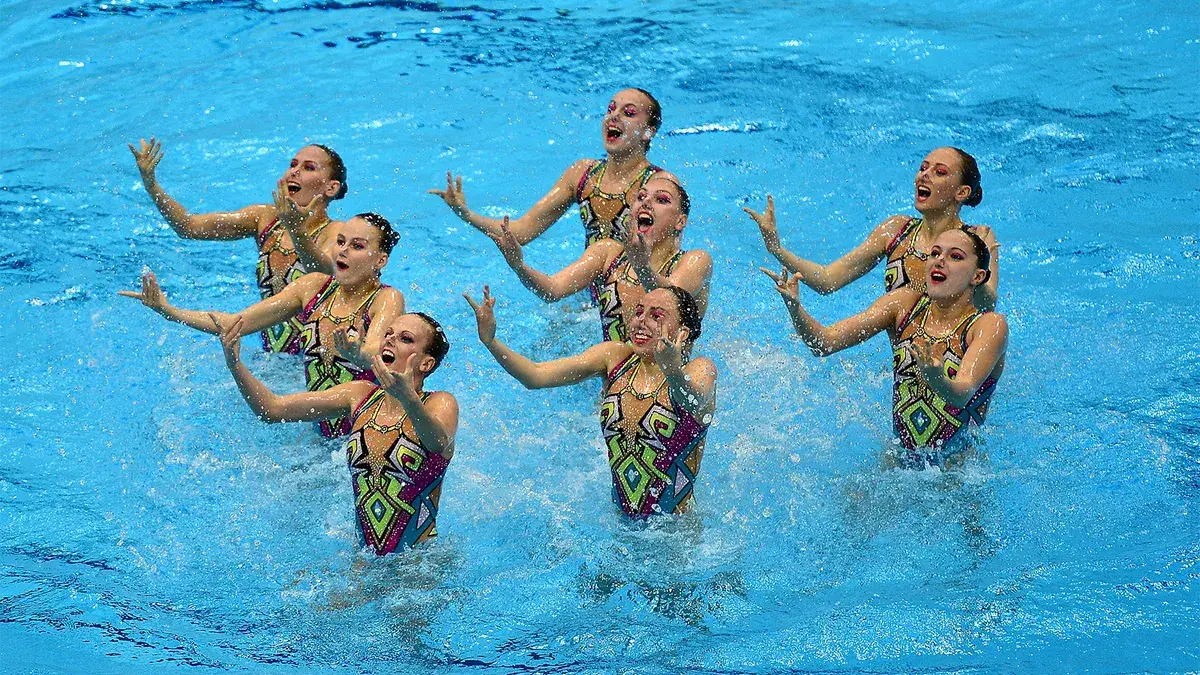
The 2025 FINA World Championships will be one of the most important events on the global sporting calendar. Dozens of countries, hundreds of athletes and millions of spectators will take part in the competition, both in the pools and in front of their screens. The programme includes all the major disciplines, from classic swimming to …
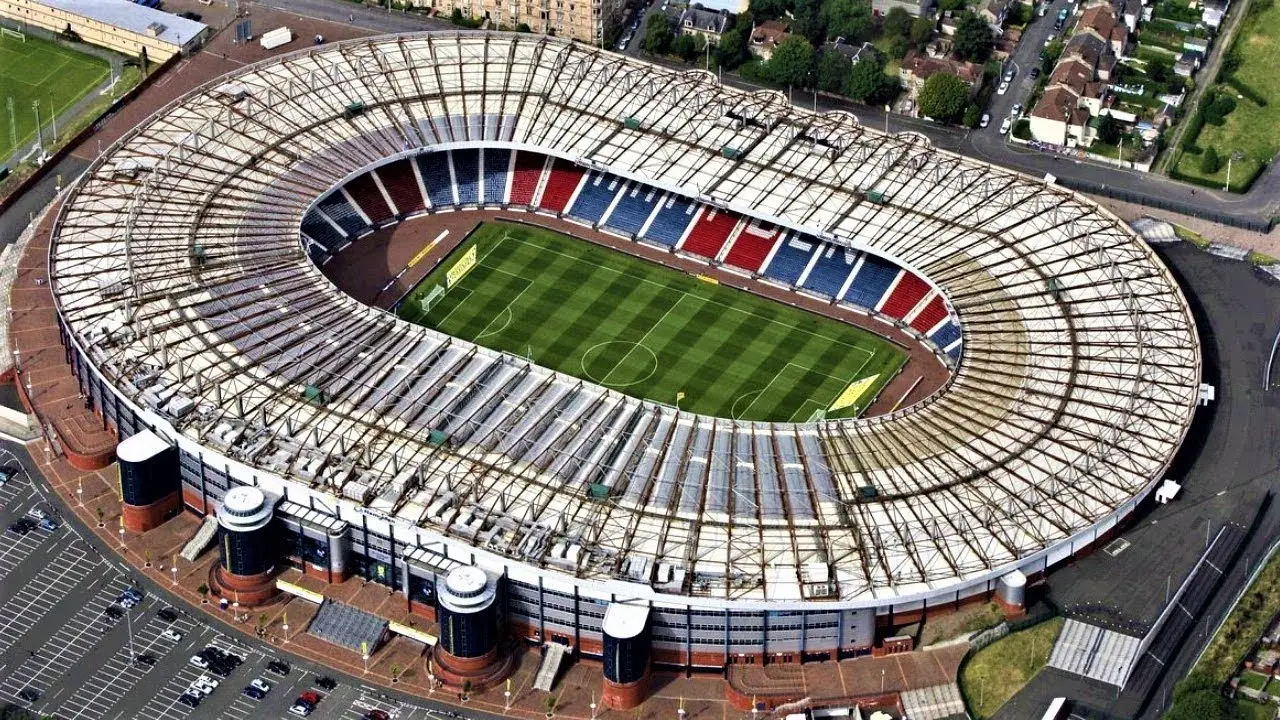
The world’s iconic stadiums are venues where sporting destinies have been forged, national symbols have been consolidated and legends have been created. Each one brings millions of people together, turning matches into events and victories into memories for generations. Their size, acoustics and atmosphere create a unique blend of emotions, tension and triumph. The history …
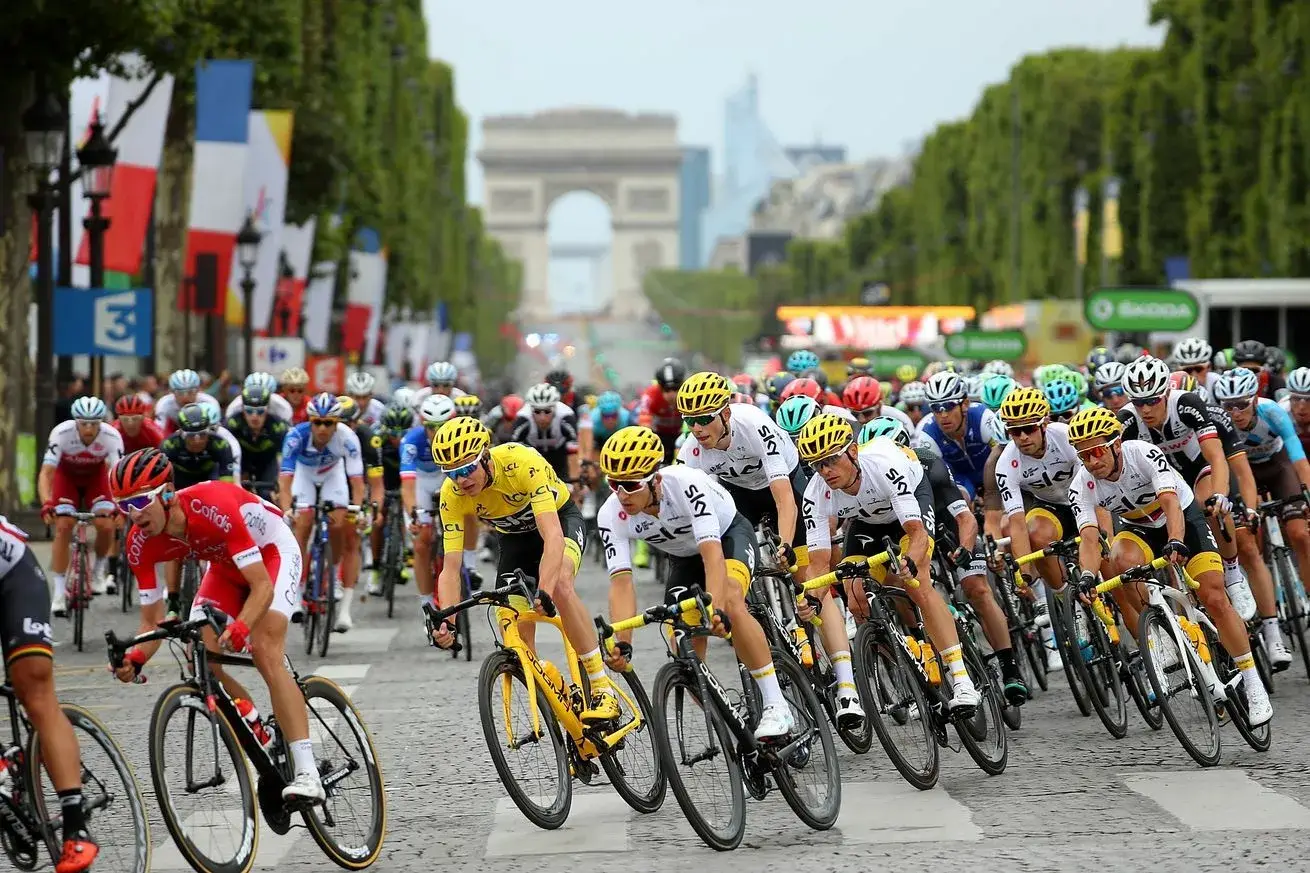
World sport unites millions of people and creates a unique atmosphere of enthusiasm, excitement and the fight to win. Every year, millions of spectators attend the most iconic tournaments and hundreds of thousands of fans fill stadiums and courts. Some competitions go beyond sport and become global cultural phenomena, where not only prizes are at …
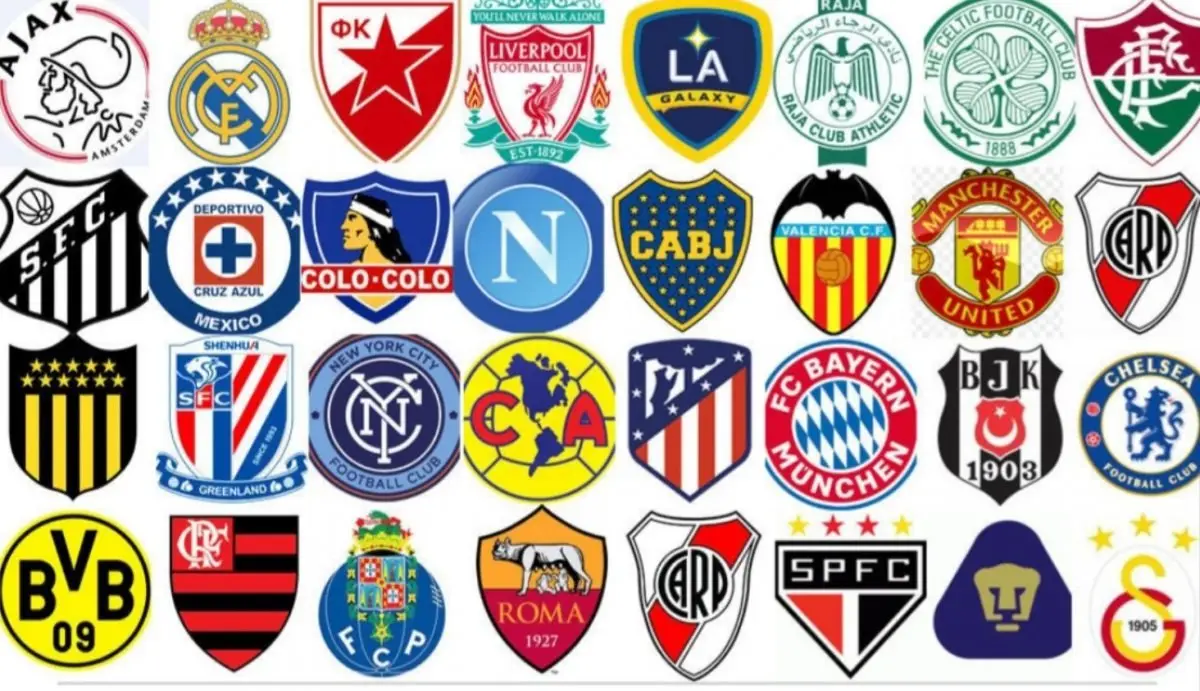
The current season has changed the perception of success in football. Winning alone is no longer enough to be among the best. Indicators such as stability, squad depth, control over rotation, targeted transfers and tactical flexibility influence the position of the strongest clubs. The best football clubs in Europe in 2025 on the current list …
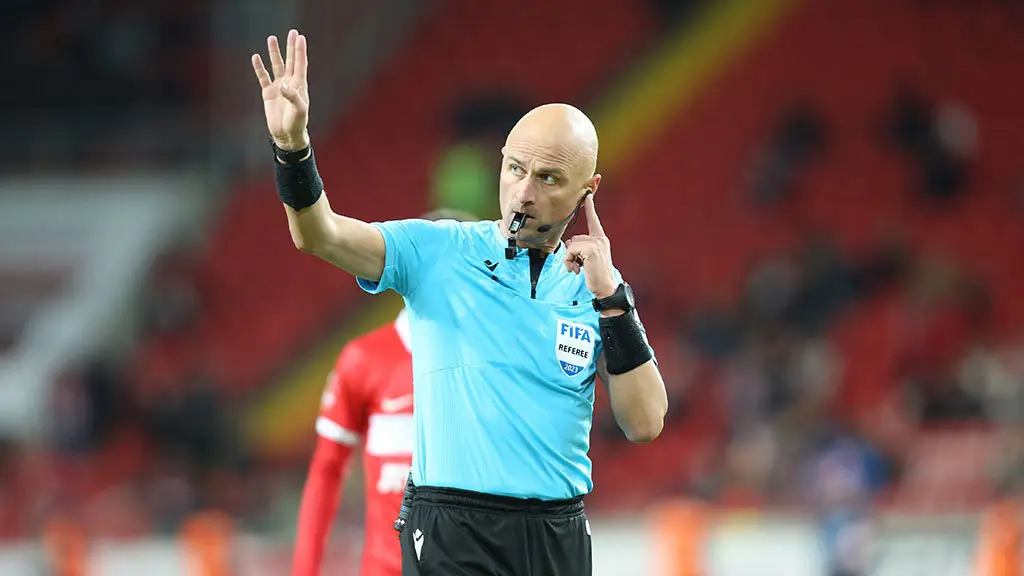
Competitions create heroes, but also reveal people’s weaknesses. At times when rules are broken, integrity is disrupted and trust is lost, competition transcends stadiums. The most high-profile scandals in sport not only undermine reputations, they also rewrite history, break careers, overturn medals and provoke reform. These episodes are forever etched as markers of weakness and …
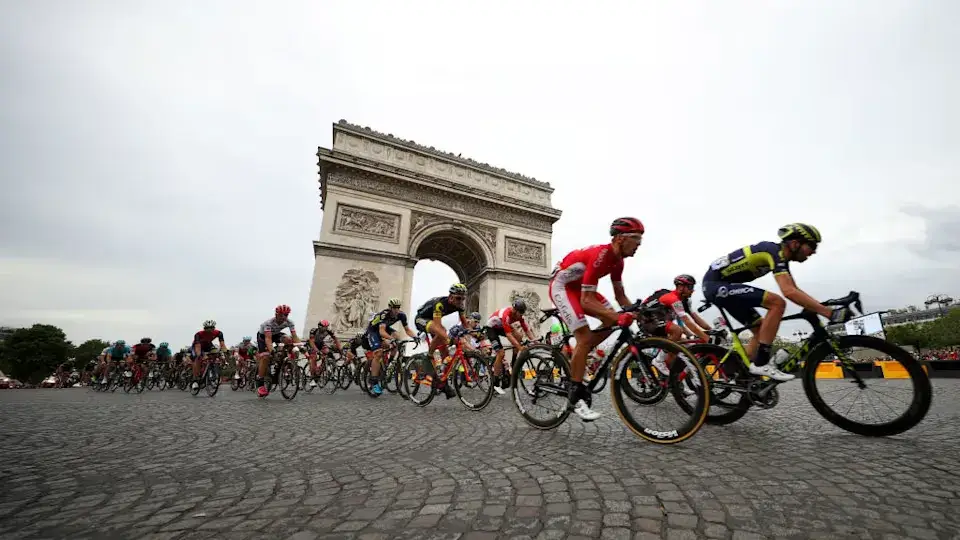
The Tour de France has long since ceased to be a mere sporting event. The cycling race held in France has become a symbol of dedication, strength, and perseverance. Every year, athletes from around the world conquer the most challenging routes, proving that the impossible is indeed possible. The history of the Tour de France …
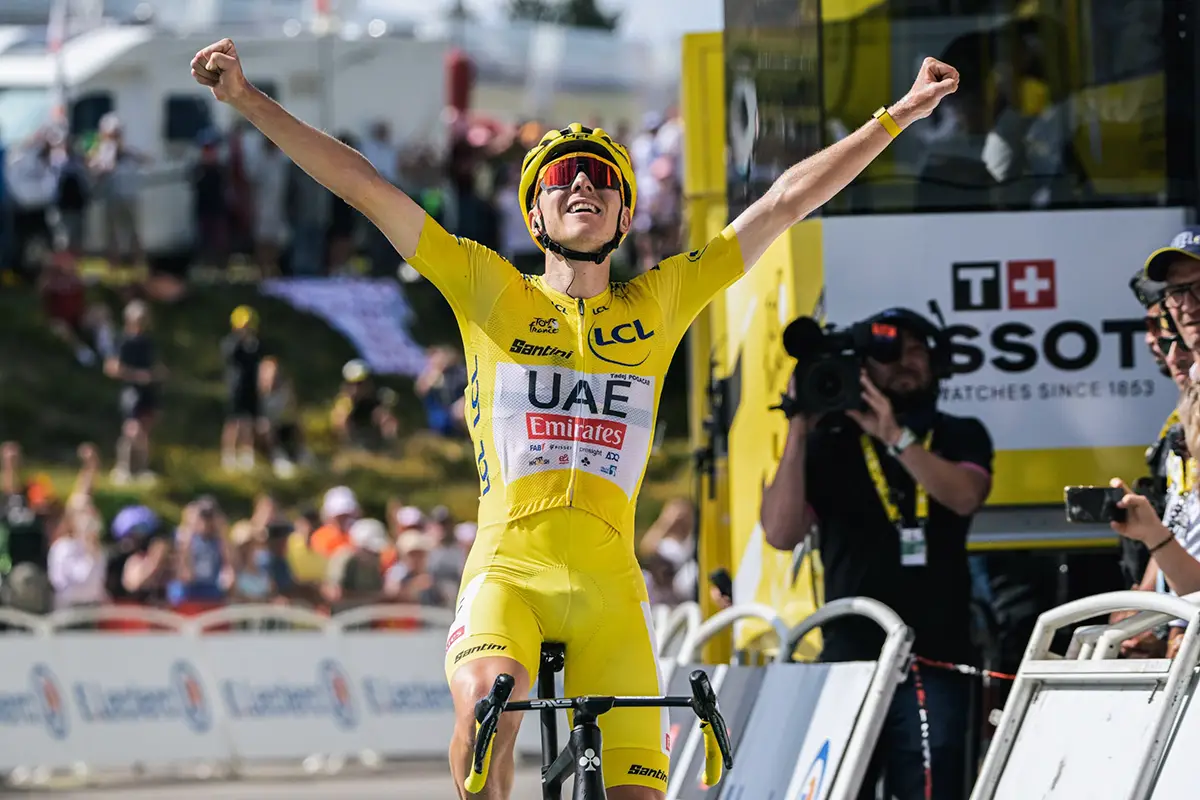
Cycling has long ceased to be a hobby for fans of speed and fresh air. It’s a business where every effort translates into six-figure contracts. The world’s highest-paid cyclists earn as if every uphill climb they make is an investment with a return higher than Tesla shares in 2020. Top 10 highest paid cyclists: who …
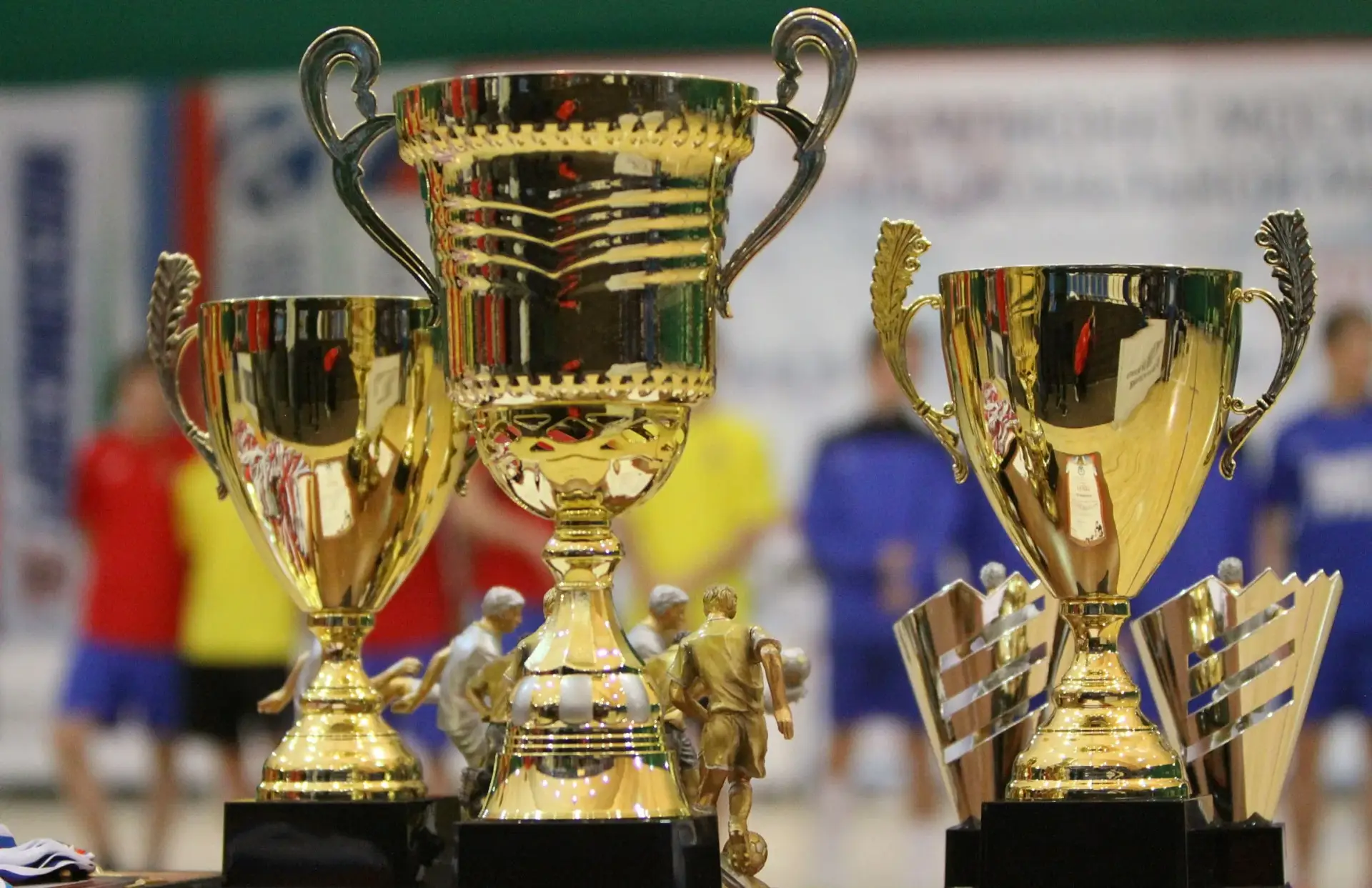
Trophies reflect the spirit of competition, the inspiration of millions of fans and the heritage of world sport. The most famous sports trophies have brought generations together and have become true symbols of excellence and determination. They motivate future champions and fill the hearts of millions with a passion for sport. Let’s talk about five …
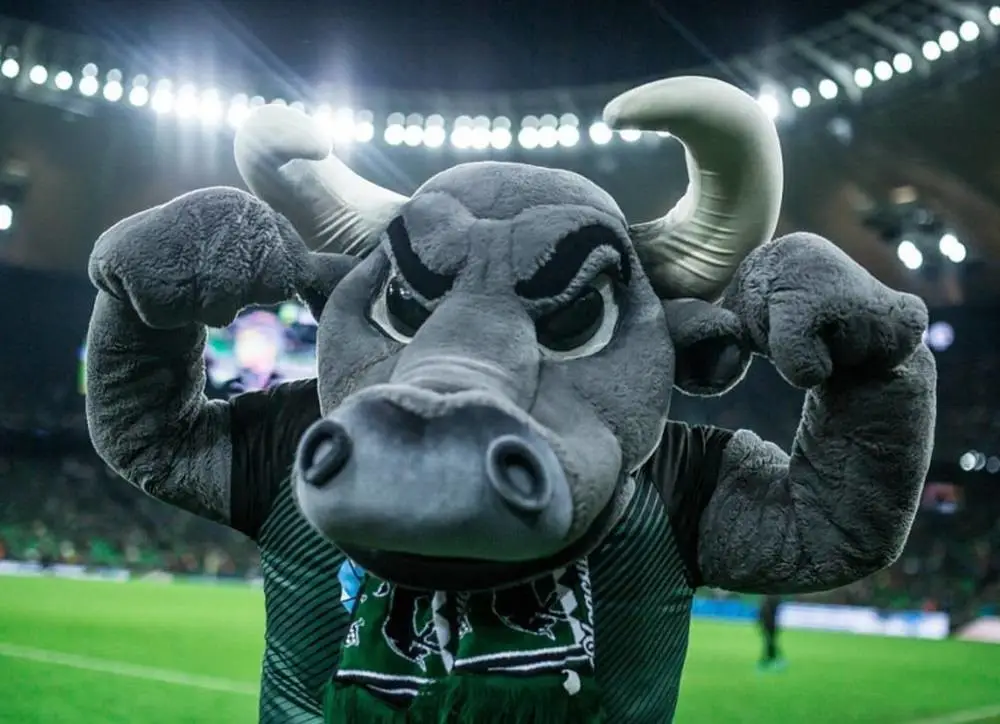
Mascots of football clubs have become an integral part of the football world. These charismatic characters animate matches, capture the attention of fans and carry a special energy that is transmitted from the stands to the players. Let’s take a look at the most unusual mascots that have become true icons of football culture and …
Stay up to date with all sporting events and news in the world of sports! Our blog will tell you about the most exciting competitions, thrilling cups and Olympics and everything related to these events. We will provide the latest news, expert opinions and interesting facts to keep you always in the centre of the action.
Join us and be part of the exciting world of sporting events that inspire millions! Follow the latest news, cups, Olympics and unique moments on our blog. We offer in-depth analyses, interesting facts and vivid accounts of everything that happens in the world of sports. Don't miss the opportunity to stay up to date with the most relevant events and share your thoughts with like-minded people!
Sport is not only health, but also a unique opportunity to become part of the exciting world of competitions, cups and Olympics, where every match brings unforgettable emotions and adrenaline. Follow our blog to keep up to date with all the events, latest news and interesting facts from the world of sports, because there is always something interesting here for real fans of active lifestyle!
In 2004, a historic moment in sport took place when the Athens Olympic Games featured exciting competitions and prestigious cups. This moment will always be remembered by sports fans.
Relive the unforgettable moments of sports history from the 1980s! From epic Olympic victories to thrilling cup battles, you'll find all the highlights in our sports blog.
In 2014, the world of sport experienced an unforgettable moment that will forever remain in the hearts of many. To remember these exciting competitions and their impact on our history, read our blog!
I love following sporting events! Cups and Olympics are always such a thrill and drive. I love this atmosphere!

★★★★★
I love following cyber sports tournaments! Every time I watch the broadcasts, I am gripped by incredible tension and excitement. It's a real art to watch the players' skills.

★★★★★
As a female journalist, I am excited about cyber sports competitions! It is an exciting world of strategies, skills and emotions. Every tournament, cup and Olympiad is a real adventure!

★★★★★